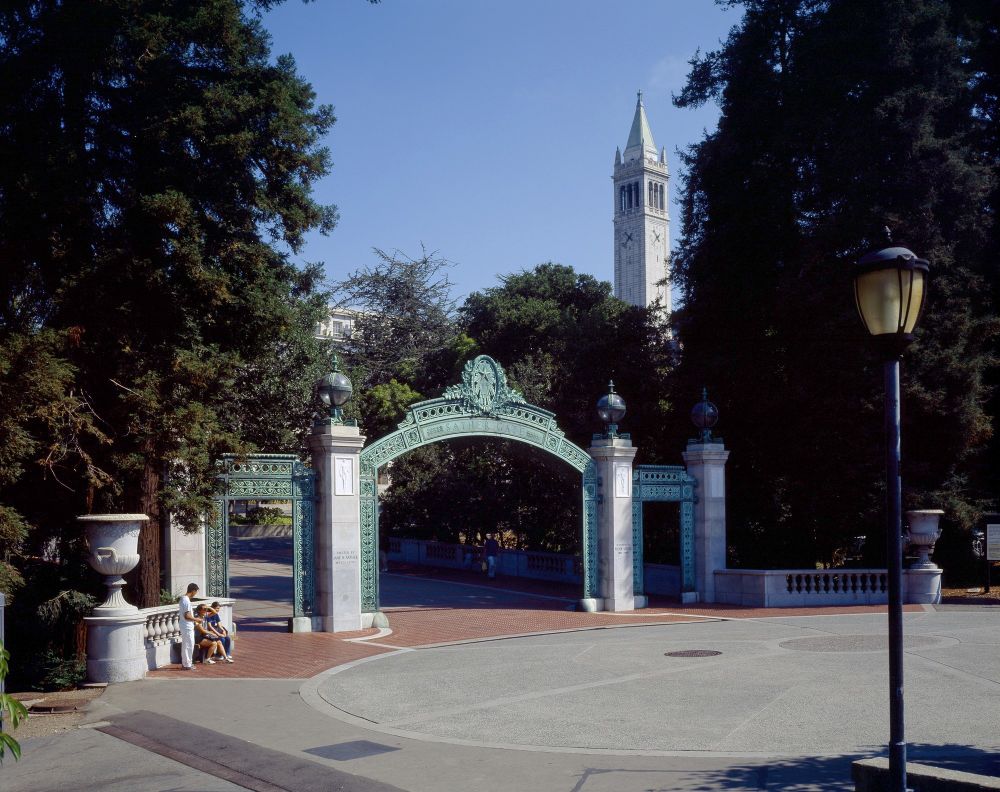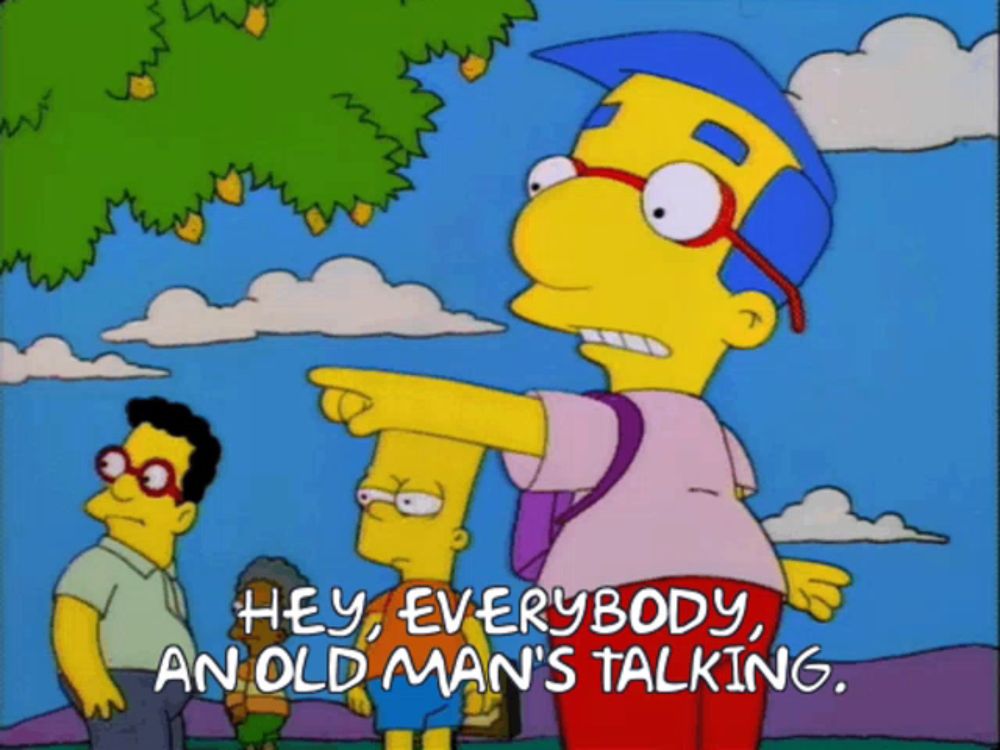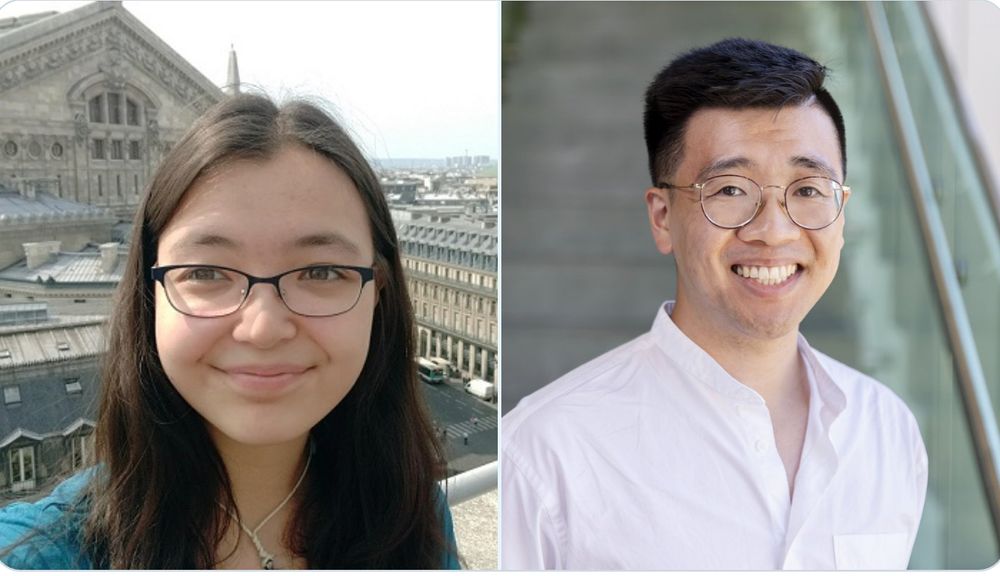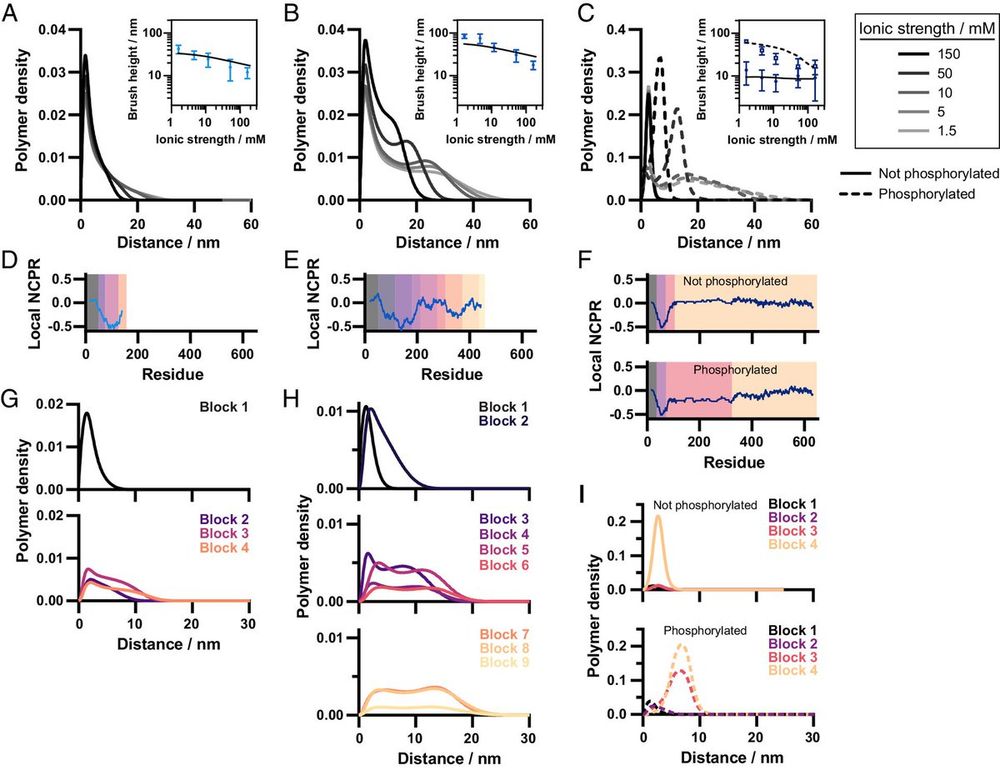Kumar Lab, UC Berkeley
@kumarlabucb.bsky.social
650 followers
280 following
26 posts
Lab of Prof. Sanjay Kumar, QB3-Berkeley Director. Dissecting, modeling, and controlling biology with materials & mechanics kumarlab.berkeley.edu
Posts
Media
Videos
Starter Packs












